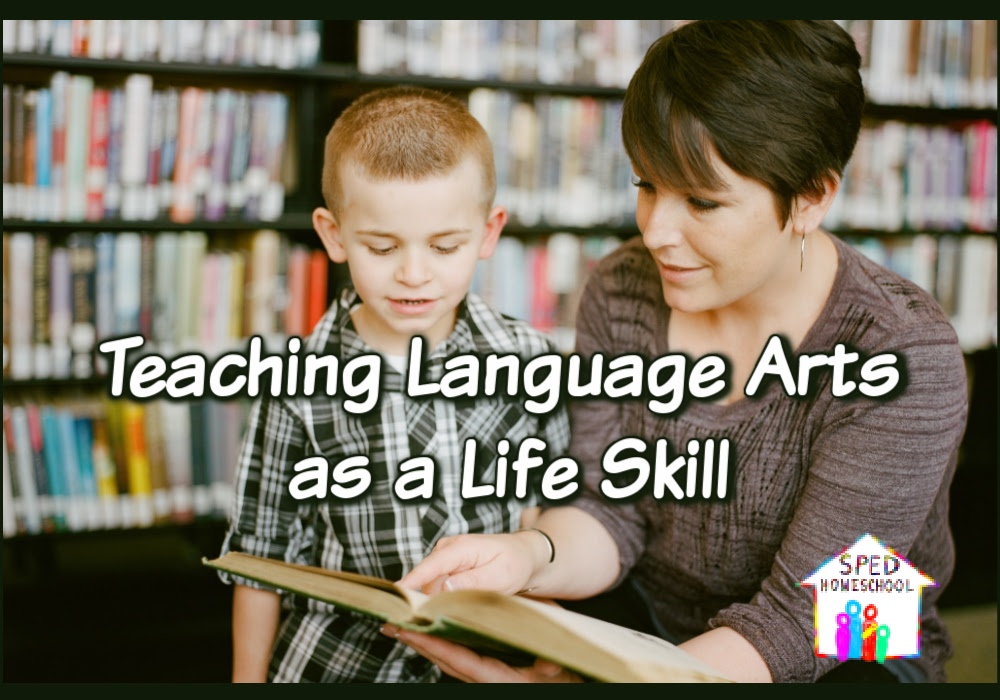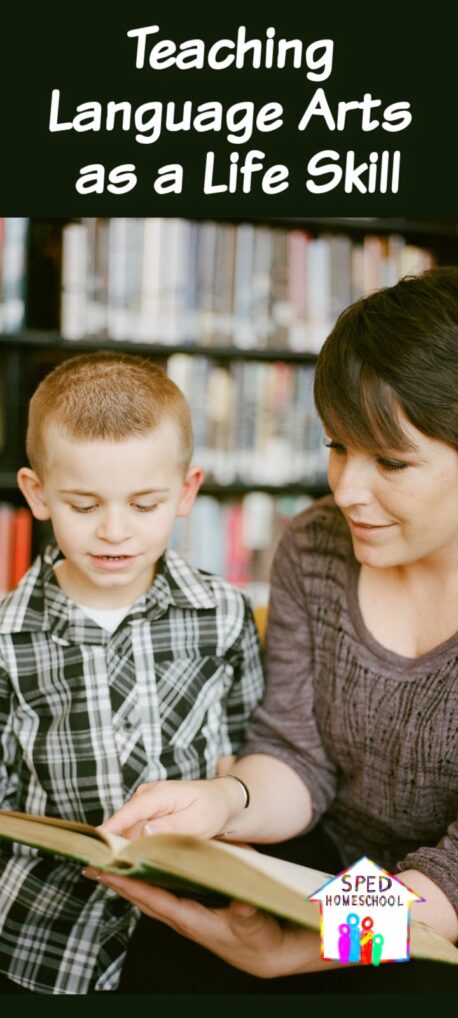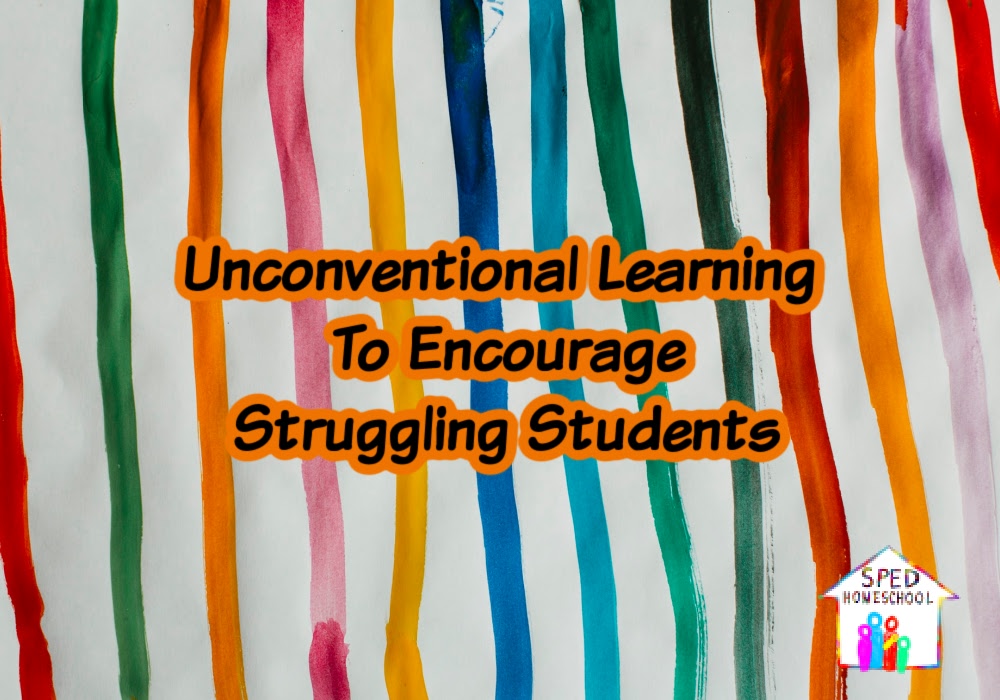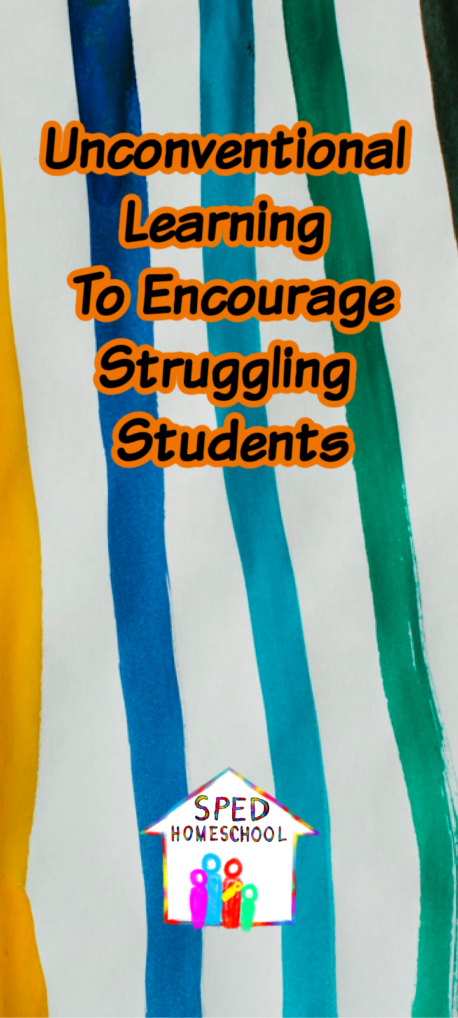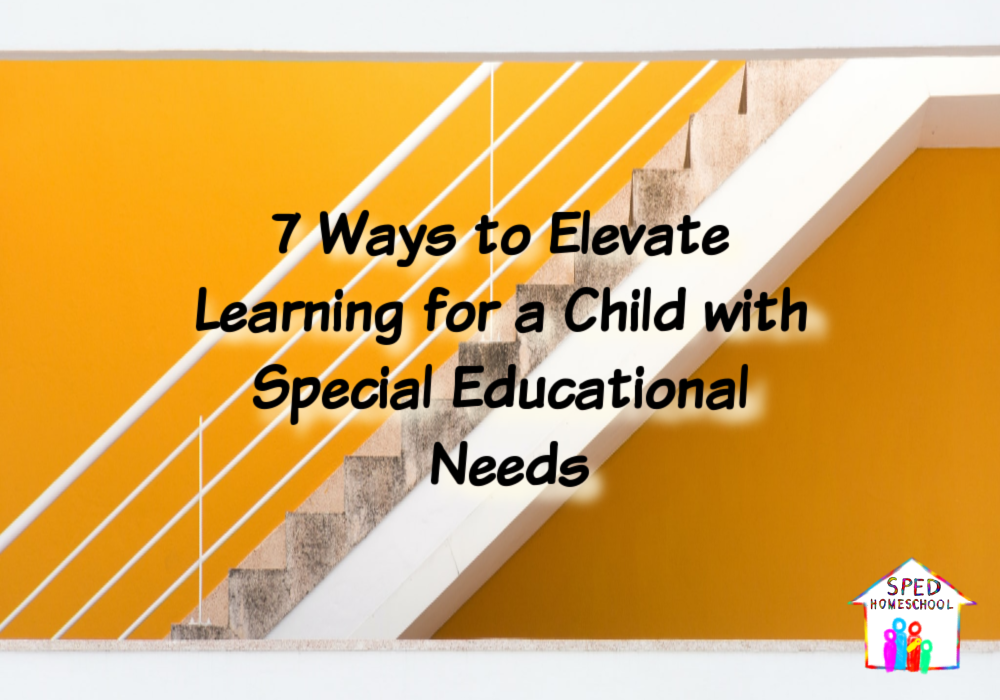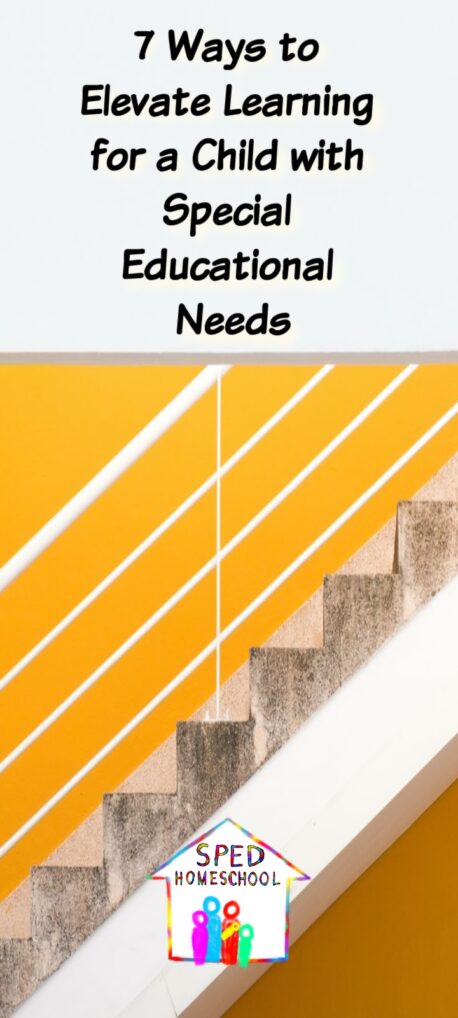One ought, every day at least, to hear a little song, read a good poem, see a fine picture, and, if it were possible, to speak a few reasonable words. – Goethe
Whether new to homeschooling, homeschooling for decades, or somewhere in between, we all have one thing in common: None of us wants our child’s education to feel 100% remedial. This is not to say that we neglect the basics. We devote ourselves to shoring up our children’s reading, spelling, writing, and arithmetic through steady teaching. Yet we must keep ourselves from focusing so intently on a child’s weaknesses that we cannot give him an education commensurate with his humanity.
With this in mind, we consider seven ways to elevate the education of a child with special needs:
1. Music
Research abounds with evidence of music education’s ability to improve working memory, auditory processing, phonological awareness, and reading. More than this, music provides a solace from struggle. “Music expresses that which cannot be put into words,” writes Victor Hugo, the author of Les Misérables. This free playlist allows you to play pieces each week for familiarity, dancing, twirling, or close listening together for an entire year. Discuss the instruments you hear, the mood or tempo, the rhythm, and the “sense” or feeling of the music. If possible, teach your child an instrument or teach your child to sing. At even the most basic levels of mastery, this will be a gift for a lifetime.
2. Art
Children with sight and any ability may gaze on magnificent works of art. For children who are non-verbal or minimally verbal, no verbal response is required to learn about and gaze upon great works of art! Place his favorite art posters over his bed or on the walls of his room. Help him make crafts if he is young or create art if he is more advanced. In our home when teaching drawing, we regularly set a timer for a “no-talking time” or played classical music. This gave us a much-needed silence for contemplation. We started with only 5-10 minutes at a time.
3. Read-Alouds
Story time forges bonds and allows the child with special needs to live beyond his circumstances. Read-alouds can give us shared experiences, shared references for family life or inside family jokes, and an immediate way to enhance imagination. Consider not only fiction but also non-fiction read-alouds to improve receptive and expressive language, enlarge the child’s fund of knowledge and gradually extend his attention span.
4. Nature
At a very young age, my daughter propelled herself through her days with the reckless fervor of hyperactivity, but I noticed that nature slowed her down. Whether mesmerized by a luna moth or captivated by a caterpillar, she paused. We began a nature journal into which I scribed observations until she could write on her own. Informed nature walks and nature picture books suffice for younger children, but more advanced children may study mammals or birds to improve awareness of the world in which they live.
5. Poetry
Poetry elevates language beyond casual everyday speech. Even the simplest lessons in children’s poetry support rhyming, phonological awareness, and learning to read. The timeless Robert Louis Stevenson collection of A Child’s Garden of Verses can be paired with acoustic music, such as in A Child’s Garden of Song , to aid “learning by heart” during playtime, in the car, or in the evenings. Older students appreciate more advanced poetry, such as poems told in Heroes, Horses, and Harvest Moons, to stretch the imagination and perhaps prompt their own poetry writing!
6. Aesop
Taught for millennia, Aesop’s fables may benefit children with autism and other challenges affecting social awareness through classic moral lessons in honesty, integrity, and avoiding deception. Something mysteriously interesting happens when animals convey these lessons to us. Aesop’s Fables with CD allow listening over and over, as the message may not be ingrained upon a first hearing, and an Aesop copybook can allow time for personal reflection and application to daily life.
7. Christian Studies
To truly elevate our children beyond the mundane, we must give them truth that sets us free. Teaching the Christian faith impacts both this life and the life to come. If older children with special needs fall prey to discouragement or self-pity, we can elevate their thoughts through thankfulness journals and meditation on Holy Scripture. How can we be sad when we ponder the LORD’s reminder, I have loved you with an everlasting love; therefore I have continued my faithfulness to you. (Jeremiah 31:3)
Summary
In our home my now-adult daughter plays through her memorized piano repertoire several times a week with a delightfully simple mix of Hickory Dickory Dock, Pop! Goes the Weasel, and a modified yet lovely Minuet. The music, played in the same order every time, seems to cheer, calm, and uplift her. Her twin brother’s piano music changes each time, as his own complex piano compositions ease his mind in different ways. Both children read books at the lunch table. Both take long walks. Both enjoy helping other people, whether the person asks for help or not! As I practice playing for upcoming Sunday mornings, they join me in singing hymns. Not only does this elevate their days; this elevates mine.
Both twins are on the autism spectrum with learning disabilities and mental illness. Neither child has the capacity to master more than introductory levels of piano, mathematics, or science, yet looking back, both express gratitude for all of the elevating elements of their education. Let us strive to see our children agree with Tolstoy: Rest, nature, books, music, love for one’s neighbor – such is my idea of happiness.
Bio —
Cheryl Swope, M.Ed., is the author of Simply Classical: A Beautiful Education for Any Child and creator of the Simply Classical Curriculum from Memoria Press. Cheryl and her husband adopted boy-girl twins with special needs over twenty years ago and homeschooled them through high school graduation. The family now lives together in a wooded lake community in Missouri.



